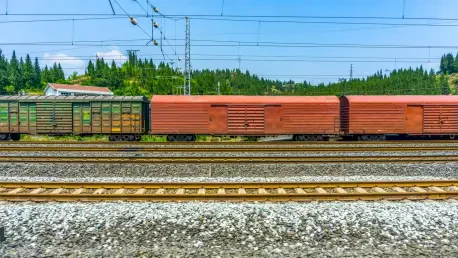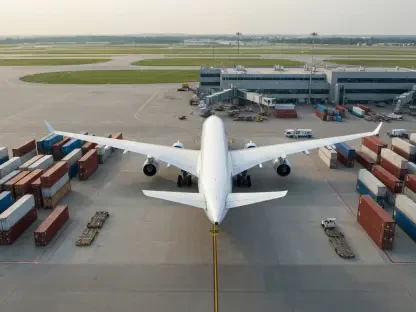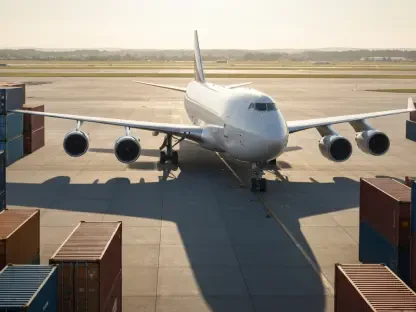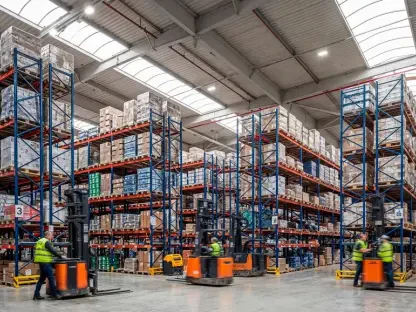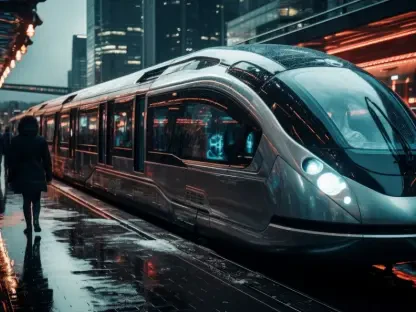The rail industry is witnessing a dual narrative as carload volumes rise amidst declining intermodal traffic. This mixed trend reflects broader economic uncertainties but highlights sector-specific strengths. With rail serving as a critical economic backbone, carload volumes provide significant insights into domestic production trends, while intermodal volumes portray the health of global supply chains and consumer demand.
Overview of the Rail Industry
The rail industry remains a pivotal part of the transportation sector, offering significant contributions to the economy by facilitating domestic and international trade. As an integral component of the supply chain, rail transport encompasses several segments, including freight, intermodal, and passenger services. Advanced technologies such as automation and data analytics are influencing operational efficiencies and route planning. Major market players include national and regional carriers that comply with stringent regulatory requirements to ensure safety and sustainability in operations.
Trends Influencing the Rail Industry
Emerging Trends and Market Dynamics
Recent trends in the rail industry point toward technological advancements, such as predictive maintenance and smart infrastructure, driving efficiency. Consumer behaviors are leaning towards sustainable modes of transport, prompting increased investment in green technologies. New opportunities arise with advancements in AI for improving scheduling and reducing congestion, ensuring that rail remains a competitive option for shippers.
Data and Forecasting
Current market data suggest a growth trajectory for carloads, with projections indicating steady increases in the coming years. Performance indicators highlight the resilience of specific segments, especially as industries reliant on bulk transport, such as agriculture and energy, continue to recover. On the other hand, forecasts for intermodal suggest caution as uncertainties in global practices affect volumes, revealing a nuanced outlook for stakeholders.
Challenges and Complexities
The rail industry faces multiple challenges, including technological integration hurdles and evolving regulatory demands. Market fluctuations and changing consumer preferences add layers of complexity. To counter these challenges, the industry could adopt adaptive strategies by investing in cross-sector collaborations and fostering innovation. Technology adoption must be paired with skilled workforce training to fully realize the potential these advancements offer.
Regulatory Environment
Regulatory dynamics continue to shape industry practices and influence strategic planning within the rail sector. Key regulations focus on safety, emissions reduction, and interoperability standards across state and national lines. Compliance with these regulations requires substantial investment, resulting in both challenges and opportunities for industry players aiming to maintain competitiveness. Enhanced security measures address threats associated with freight transport, ensuring robust protection of vital economic channels.
Future Outlook for the Rail Industry
The rail industry stands poised for significant transformation, driven by innovative technologies and shifting market forces. As automation and digitalization expand, they promise increased efficiency and reduced operational costs, reshaping logistics management. Potential market disruptors include regulatory changes and new environmental standards, necessitating agile responses from industry leaders. Future growth will likely concentrate on integrating sustainable practices, meeting evolving consumer preferences, and responding to global economic trends.
Conclusion and Recommendations
The findings outline a complex landscape, where rail carloads show potential for growth while intermodal volumes grapple with external pressures. To thrive, industry stakeholders must engage in strategic planning that embraces technological advancements and sustainable practices. Addressing regulatory challenges and leveraging new opportunities can position the rail industry for sustained progress and innovation. Investing in smart infrastructure and collaborative initiatives could enhance resilience, ensuring that rail transport remains a vital component of the global economic engine.
